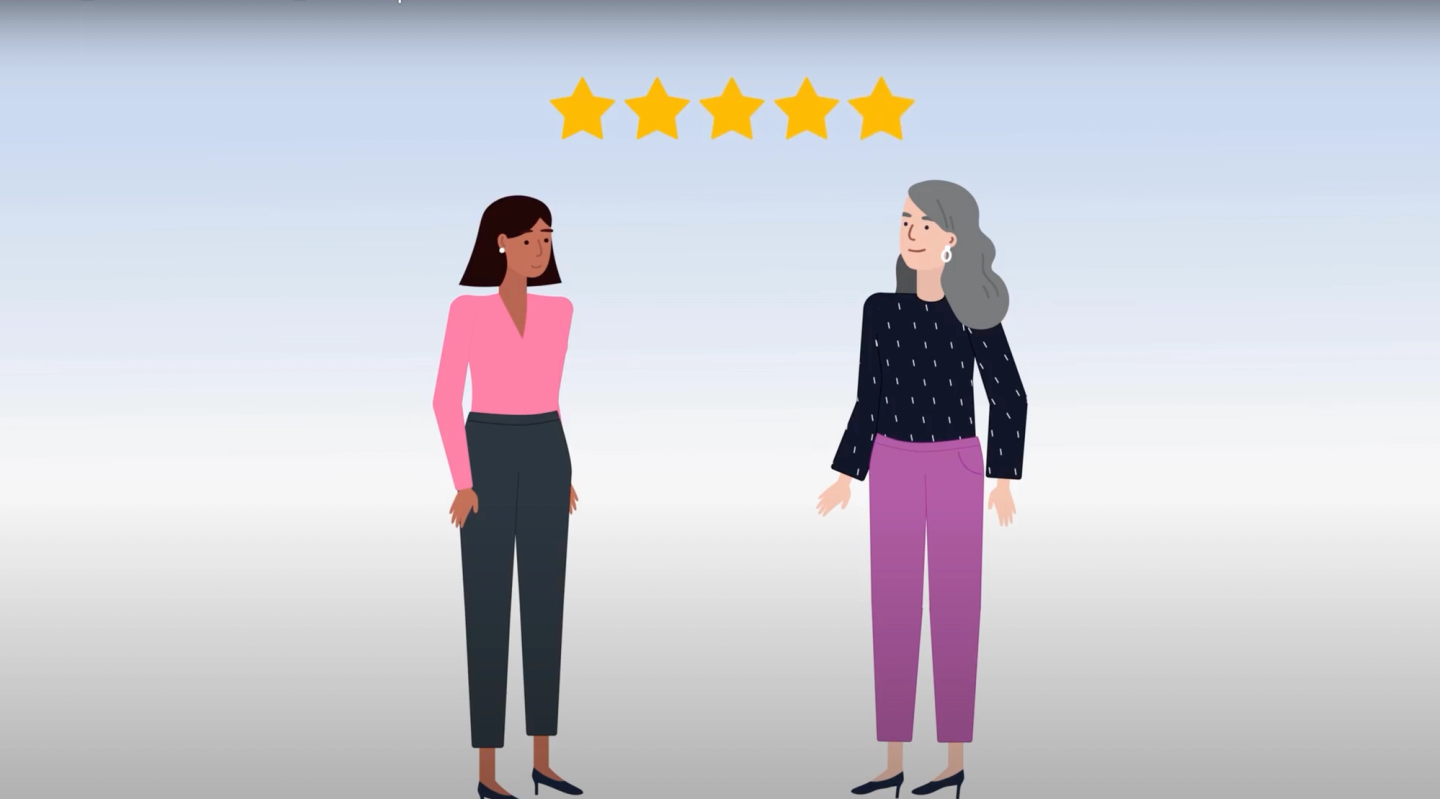Do I need landlord insurance? Helping property investors prepare for the unexpected
Liz Pollock
16 March 2025
Great tenancies don’t happen by accident. They’re the result of proactive management, clear communication, and trust—between property managers, property investors, and renters alike.
But when unexpected events throw things off course—a burst pipe, accidental damage, missed rent, or a liability issue—it can quickly disrupt the day to day. Property managers are often the ones coordinating the response, working with landlords and tradies to get things sorted quickly. Landlord insurance can help support that process, reducing financial stress so everyone can focus on getting things back on track.
While it’s up to the property investor to decide if and what to insure, property managers who understand the value of landlord insurance are better placed to manage expectations and keep things moving when problems arise.
What is landlord insurance and why consider it?
Landlord insurance is designed specifically for rental property owners. Unlike standard home insurance, it covers the unique risks associated with leasing property to renters.
For Australian property investors, landlord insurance is designed to address several critical vulnerabilities:
- Renter-related damage beyond standard wear and tear
- Loss of rental income due to renter default or property damage
- Legal liability for injuries occurring on the rental property
- Damage to building and contents specific to rental scenarios
Key protections offered by landlord insurance
Building and property coverage
Building coverage protects the physical structure of the rental property against events like:
- Fire and smoke damage
- Storm, flood, and water damage
- Impact damage (e.g., falling trees)
- Malicious damage by renters or their guests
- Theft and attempted theft
This coverage extends to permanent fixtures such as built-in wardrobes, kitchen cabinets, and bathroom fixtures – elements that standard home insurance might not adequately cover in a rental context.
Contents and fixtures protection
While renters are responsible for insuring their own possessions, landlords might seek coverage for items like:
- Appliances provided with the property (refrigerators, washing machines)
- Furniture in furnished properties
- Window coverings and floor coverings
- Light fixtures and ceiling fans
- Air conditioning units and heating systems
Renter related risks
This is where landlord insurance differentiates itself from standard policies. Here are a few examples of what a landlord might seek:
- Rent default coverage: Protects against loss of income if renters stop paying rent
- Renter damage: Covers intentional or accidental damage beyond normal wear and tear
- Legal expenses: Helps with costs associated with renter disputes or eviction proceedings
- Breaking lease costs: Covers losses when renters break their lease unexpectedly
For property managers, these protections can provide an additional layer of security when managing renter relationships and can simplify the dispute resolution process should issues arise.
Liability coverage
Liability claims can happen unexpectedly—and when they do, they can be costly. That’s why many landlord insurance policies include public liability coverage. This type of cover is designed to respond to situations such as:
- Injury claims from renters or visitors to the property
- Property damage claims from neighbouring properties
- Legal defence costs for liability claims
Landlord insurance vs. standard home insurance
Many property investors mistakenly believe their standard home insurance policy provides adequate coverage for rental properties. This table highlights the key differences. This table is for illustrative purposes only. Coverage can vary significantly between policies and providers. Always check the specific terms and conditions of your landlord insurance policy to understand what is and isn’t included.
Investment property types and risk levels
Different property types each come with their own quirks and potential risks. Here are just a few examples you might encounter:
Houses: These often mean more maintenance and extra spots where things can go wrong.Apartments: While body corporate insurance usually covers common areas, internal fixtures and renter-related issues are still in the spotlight.Holiday rentals: Fast turnovers can lead to extra wear and tear (and the odd surprise repair).Student accommodation: Higher density often means a little more hustle—and sometimes, more chance of accidental damage.
How to choose the right landlord insurance policy
Coverage customisation options
Landlords may consider certain factors when selecting coverage. These will vary depending on their property type and renter situation, but here are a few examples:
- Building sum insured: Should reflect full replacement cost
- Contents coverage: Based on value of landlord-supplied items
- Rent default period: Longer coverage periods offer better protection
- Excess options: Higher excess typically means lower premiums
- Additional coverages: Flood, pet damage, or other specific risks
Many insurers offer flexible policies that can be tailored to specific property and renter situations.
Policy review recommendations
It’s always a good idea to review the policy at a regular cadence. Some of the factors that could affect changes include:
- Property values change significantly
- Renovations or improvements are completed
- Tenancy types change (e.g., from long-term to short-term)
- After making any claim, to ensure continued adequate coverage
Supporting your landlords through the right technology
While landlord insurance is typically the landlord's responsibility, efficient property management systems that document property condition, maintain thorough records, and facilitate prompt maintenance can help reduce claims and keep premiums manageable.
Remember that while landlord insurance provides vital protection, it works best as part of a comprehensive risk management strategy that includes thorough renter screening, regular property inspections, and proactive maintenance – all core services that professional property managers provide.
Frequently Asked Questions
How is landlord insurance different from regular home insurance?
Landlord insurance covers rental-specific risks that home insurance doesn't, including renter damage, rent default, loss of rental income, and renter-related liability claims. It also covers landlord-supplied fixtures and contents rather than personal belongings.
It’s wise to give your landlord insurance policy a once-over each year. This is especially important after big changes like a jump in property value, new renovations, a switch in tenancy type, or after making a claim.
Does landlord insurance cover damage caused by pets?
Standard policies may not cover pet damage, but many insurers offer this as an optional extra. With pet-friendly rentals becoming more common in Australia, considering this additional coverage is increasingly important.

